Neuromarketing: how advertising affects our subconscious
Starting a new business, developing marketing strategies, and launching advertising campaigns raises many questions.
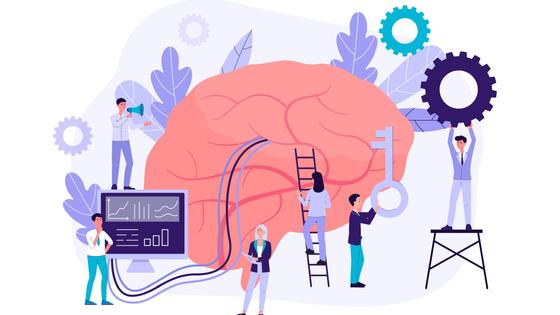
For example, what will be the most popular product? What are its characteristics to bet on? What do customers expect and want? What can I do to entice them to purchase from me?
Neuromarketing will help you answer these and many other questions. It allows you to learn about the true desires and needs of the target audience. Using it correctly is, of course, the most important thing!
Neuromarketing: what is it?

Neuromarketing combines complex marketing research that primarily studies customers' behavior and psychological characteristics, including their ulterior motives, preferences, and needs. With the help of special procedures, scientists record and analyze the brain's reactions to a particular product, monitoring unconscious processes.
According to a Harvard Business School study, about 90% of our decisions are made unconsciously, based solely on impulses and emotions. Therefore, you evaluate your purchase only after you have made it. Meanwhile, neuromarketing helps to understand which products will sell better and which advertising will be most effective. In addition, the possibilities of neuromarketing allow you to predict consumers' decisions when choosing a product. In this way, it is not only used to determine the needs of potential customers but also to manipulate them.
Thus, this science combines the knowledge of cognitive psychology, neurophysiology, and classical marketing. Along with neuromarketing, NLP methods are actively used in business strategies. You can learn more about this in the course "NLP in sales. Powerful psychological techniques.” In the training process, you will learn how to use neurolinguistic programming techniques and convince any client that you have the best product.
Science or marketing: how to conduct neuroscience

There is a connection between unconscious thinking, long-term memory, and genetic memory. Therefore, specific products, namely their appearance, design, and accompanying advertising, evoke certain associations, memories, and emotions. As a result, your product causes reactions that lead the consumer to purchase it - this is what triggers or stimuli are. The goal of neuromarketing is to use these triggers further to stimulate subconscious motives for buying.
The main channels for influencing the consumer are the sense organs. Therefore, neuromarketing studies primarily the following factors:
-
Sight: This is how the product looks, the design of its packaging, the brand colors, and the logo of the manufacturing company.
-
Hearing. For example, music that plays in a store or the product’s jingle.
-
Taste. When applicable, the taste of the product.
-
Smell. The smell in the store or the aroma of the product itself.
-
Touch. The shape of the product, its texture, and its material.
Neuromarketing studies study how customers respond to each trigger. For example, they can track what emotions the music evoked or how the customer's attention was distributed. But most often, neuromarketing is used to evaluate the effectiveness of a company's rebranding or test various marketing strategies. So what is the actual process of carrying out such research?
First, the company must select those clients who agree to participate in the research voluntarily. It can be regular customers and the audience that the brand still only wants to reach. Managers and marketers must decide in advance what goals they will pursue. For example, to find out how customers react to a new commercial. Respondents come to the laboratory at the appointed date and time, put on special equipment, sensors, or electrodes, and turn on the video.
After viewing, study participants are asked several straightforward questions — whether they liked this advertisement, whether it caused any associations, what is remembered more, and so on. All the respondents' answers are recorded and then compared with the data that were obtained with the help of equipment. Very often, the genuine reactions of a person do not coincide with their verbal answers. This makes neuromarketing studies one of the few ways to determine how a specific advertisement evokes emotions. But only large companies can afford to conduct such research because neuromarketing is not only a unique but also a very energy-consuming and expensive method.
A/B testing is an alternative to such research as it does not require such expensive equipment and the involvement of scientific specialists. A/B testing is a marketing experiment or mini-research involving a comparative analysis of two product versions. This comparison of variants A and B allows you to determine which is better, more convenient, and more attractive for customers. That is, A /B testing studies a certain product with the help of customers who agree to take the test. And neuromarketing, in turn, focuses on the customers themselves, their wants and needs. However, neuromarketing is only justified if your company makes enough money to fund such research. This is not something that any company can afford. Nevertheless, neuromarketing technologies are developing and becoming more accessible.
Neuromarketing research tools
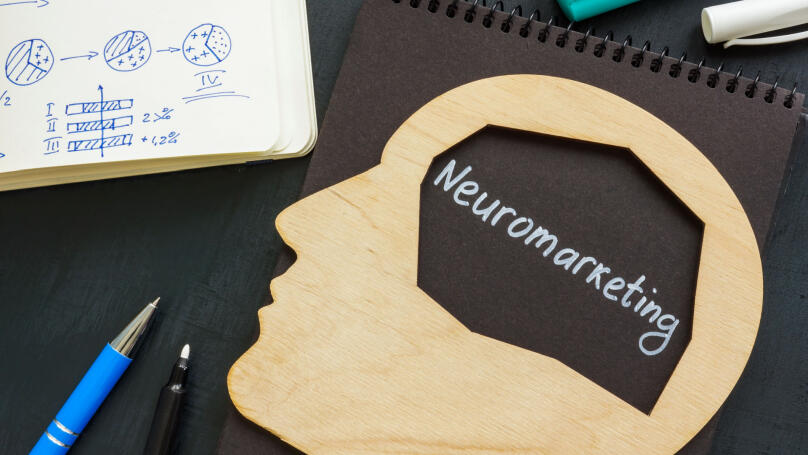
Scientists and marketers can use the following tools to determine a person's true feelings and emotions:
- Functional magnetic resonance imaging
This allows you to track changes in blood flow in the brain through continuous measurements. In other words, with the help of a magnetic field, it is possible to visualize the activity of the internal parts of the brain. This allows us to reveal the respondent's emotional reactions and evaluate their involvement.
- EEG
This study requires special sensors to be placed on the patient's head. They instantly track changes in brain activity. This method is much cheaper than fMRI, but the accuracy of the data obtained will be much lower.
- Eye Tracking
By fixing visual attention, a camera records the eye's movements and what the subject is concentrating on. This study may also determine the speed of a person's reaction.
- Electromyography, or analysis of the movement of the muscles of the face
In this case, they measure the contraction of a person’s muscles, accompanied by an electrical impulse. Even if the movement seems insignificant, it is detected and recorded by special devices. Such a study allows you to identify a more detailed emotional reaction.
- Polygraph
It allows you to record the skin’s electrical activity, respiratory rate, and heartbeats in response to certain content. However, it is more appropriate to use the polygraph along with other equipment to track the reaction of respondents more comprehensively.
Advantages and disadvantages of neuromarketing
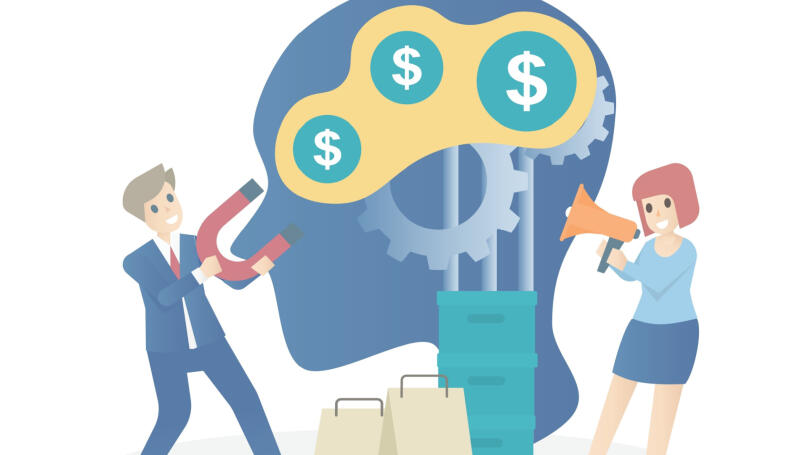
Advantages of using neuro-research data in marketing strategies:
- Understanding the desires and needs of the target audience
Traditional methods of studying the psychology of customers, such as surveys, questionnaires, and interviews, have lost their relevance to modern neuromarketing techniques. For example, consumers cannot explain why they bought this particular product. Likewise, in focus groups, people can lie or not say about the true motives of the purchase because of embarrassment or the desire to seem better. Therefore, neuro marketers believe that only by applying it you can see customers' actual "world view." In other words, neuromarketing allows you to study customers' behavior, interests, preferences, and desires in detail.
- Feedback
Such studies allow customers and the company to give honest feedback to each other. Because the data collected through neuromarketing techniques is objective, as accurate, and reliable as possible, and it helps you build effective communication with your clients and strong emotional connections.
- Financial and strategic efficiency
Even though neuromarketing is much more expensive than traditional methods, it is more effective and efficient. However, remember that using an integrated approach to marketing strategies is best.
However, along with the advantages, there are several disadvantages, or rather, the risks of abusing neuromarketing:
- Ability to manipulate
With the help of neuro-research data, you can play on consumers' fears or stimulate specific reactions that do not have the best effect on customers but encourage them to make purchases. In this case, neuromarketing can negatively impact your business. Remember that this strategy will play into your hands only if you use it for good purposes, such as learning about customers' true desires and meeting their needs.
- Pseudoscientific
Many scientists consider neuromarketing to be a pseudoscience. Strategists blame neuromarketing for not being backed up by strong scientific evidence. However, most large companies are already actively introducing neuromarketing techniques into their business strategies and getting the first results.
- Lack of new information
Along with the lack of evidence of efficacy, some scientists say that neuromarketing doesn't provide unique information that can't be discovered through surveys and focus groups.
Lectera’s Online Courses by topic
Real cases and examples of neuromarketing
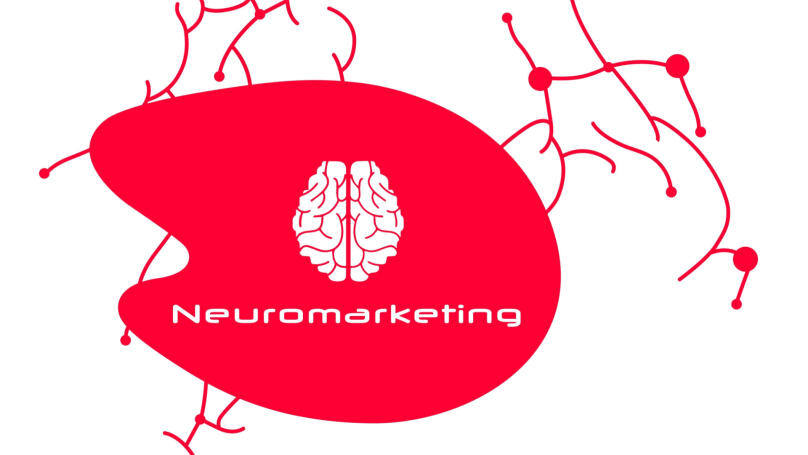
Example No. 1. Volkswagen and advertising with Darth Vader
In 2012, the German automobile concern Volkswagen launched a TV commercial in which little Darth Vader (a Star Wars character) desperately tries to learn how to move objects with the power of thought. At first, he does not succeed, but the kid comes to the Volkswagen Passat car, which suddenly turns on. As it turned out, his father used a remote control. Before this advertisement became popular, it was tested on a group of 30 volunteers. The study used the already known electroencephalography, and the results were fantastic.
Example No. 2. PayPal and payment "in one click"
The American electronic payment system PayPal decided to track the subconscious reaction of customers to their product. Company management assumed that users were first attracted by the system's high level of security. However, a study of people using the same electroencephalography showed an unexpected result: they are attracted by the fast and simplified payment of purchases. As a result, PayPal rebranded and added a "one-click payment" icon to the site, attracting many new customers.
Example No. 3. New packaging for Lay's chips
Lay's, the manufacturer, decided to find out how customers reacted to the new packaging of chips. A study using functional magnetic resonance imaging showed that consumers dislike shiny yellow packaging, resulting in fewer sales. As a result, Lay's redesigned and made a more minimalistic, matte-beige instead of the previous packaging. This allowed the company to collect many positive reviews and attract new customers.
Although neuromarketing is considered a little-studied field, interest in it is growing. As this technology develops, it will become more popular and accessible. Now neuromarketing is interesting primarily because it allows you to predict the result of a certain advertising campaign and determine consumers' reactions as accurately and objectively as possible. In addition, understanding customers, their motivations, hidden desires, and needs will help you course from Lectera "Behavioral Economics: How to Understand and Attract Customers,” where you will learn about the secret mechanisms of thinking and influencing the audience.
Share this with your friends via:
Latest News

A significant stage in the development of the alternative education system has begun in West Northamptonshire in the UK: the County Council is actively calling on parents, guardians, and trustees to participate in shaping the future of this key area.

Outwoods Primary School in Atherstone, Warwickshire, having experienced deep sadness after the loss of their famous cat, Silla, has found solace in a new pet – a Maine Coon named Aloysius O’Hara.
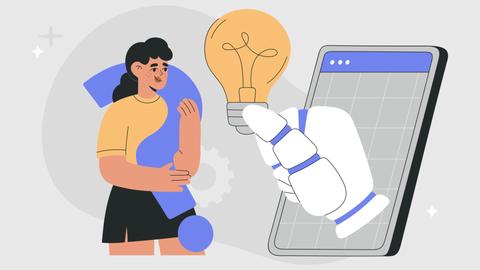
In modern universities, artificial intelligence, and in particular ChatGPT, is rapidly transforming from a controversial tool into a full-fledged student assistant.

An innovative educational project is gaining momentum in UK primary schools, aiming to change attitudes towards video games.

The Massachusetts Institute of Technology (MIT) presents MIT Learn – a revolutionary online platform that opens a “new front door” to access university knowledge and resources.












 Mental Traps That Are Easiest to Fall Into During Winter
Mental Traps That Are Easiest to Fall Into During Winter
 Life After the Holidays: How to Beat the Post-New Year Blues
Life After the Holidays: How to Beat the Post-New Year Blues
 Which Christmas Movie Character Are You?
Which Christmas Movie Character Are You?
 Test. What Career Goal Should You Set for Next Year?
Test. What Career Goal Should You Set for Next Year?
 Your New Year’s Forecast: What Awaits You in the New Year?
Your New Year’s Forecast: What Awaits You in the New Year?
 Test. Which New Year Archetype Are You?
Test. Which New Year Archetype Are You?
